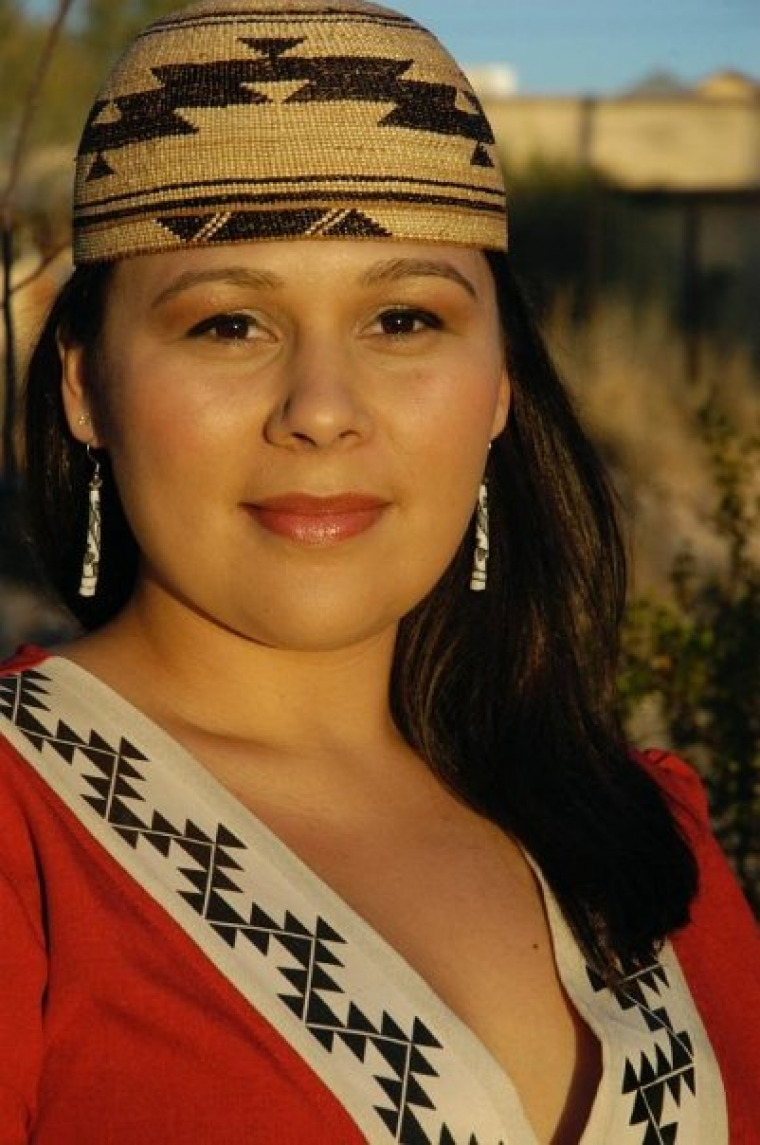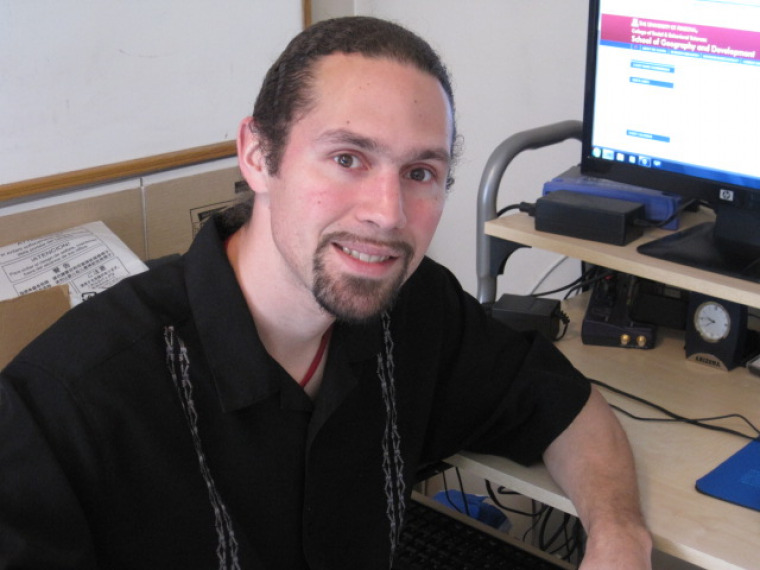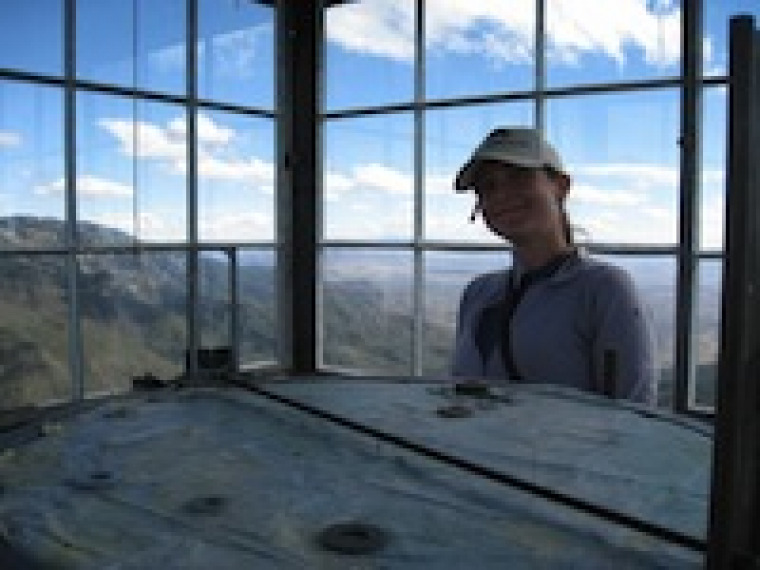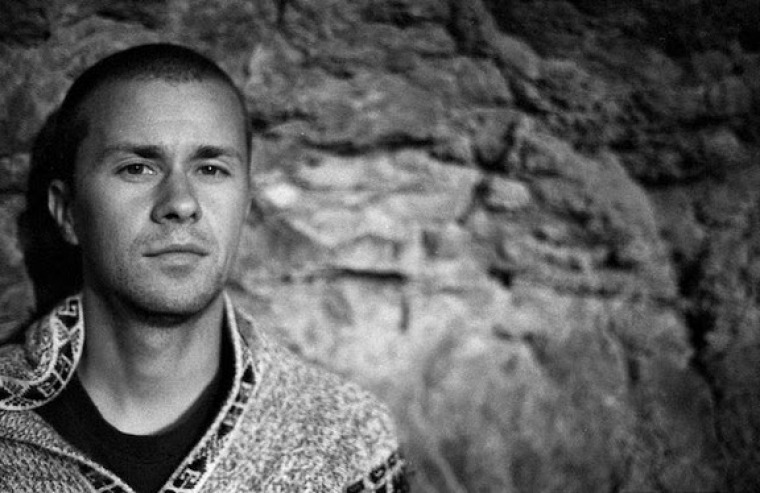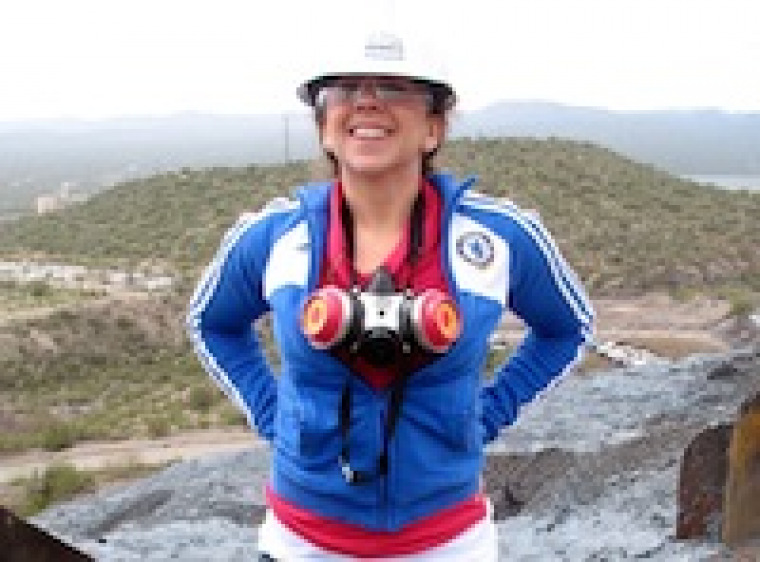Timothy Bayley
Before beginning my PhD in Hydrology and Water Resources, I taught junior high science at a Title I school in Phoenix, Arizona as a Teach For America corps member. During the two years that I was teaching, I saw the disparity in educational opportunity that exists between low-income school districts and their wealthier counterparts. There are many systemic and social issues that contribute to this disparity. One factor contributing to this gap is the lack of exposure to applied math and science in low-income areas. For my NASA Space Grant Fellowship I am developing state standard aligned lesson plans that will expose high school students to science that is being conducted in Arizona. My hope is that this program will give students a vision for the type of work that they could be involved in if they pursue a career in the sciences and that the context of real research will provide meaning to classroom studies.
University of Arizona and NASA scientists are involved in many cutting edge projects that apply to the world around us. University of Arizona led projects such as the Biosphere 2, Critical Zone Observatory, the University of Arizona weighing lysimeter facility, and COSMOS all have components that relate directly to Arizona high school science standards. These projects are a great opportunity to put Arizona science standards into context for Arizona students while highlighting the work being done by University of Arizona and NASA scientists.
The lessons that I am developing each have interactive or lab based projects that follow a theme, such as evapotranspiration or soil moisture. They are also directly applicable to required high school science classes such as biology and physics. Lessons each include pre-lab reading assignments, lab modules, homework assignments, in-class videos featuring UA/NASA scientists, standards aligned teaching guides, and rubrics for grading assignments. All materials will be hosted on a Biosphere 2 website and will be accessible to teachers online. After students have worked their way through the in-class lessons and have acquired a basic set of knowledge, they will participate in a field trip to Biosphere 2. At Biosphere 2, students will be able to interact with ongoing work being conducted by UA scientists. Field trip activities will directly relate to the knowledge learned through classroom activities. These lessons will be used by Biosphere 2 as their permanent high school field trip program. The expected impact of this work extends far beyond the project development timeline, hopefully impacting many students.



